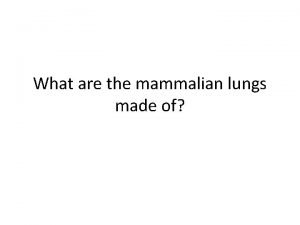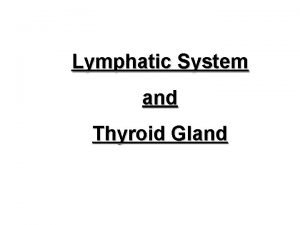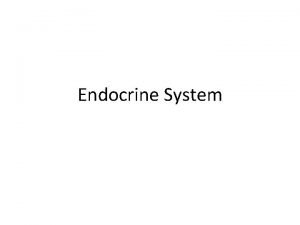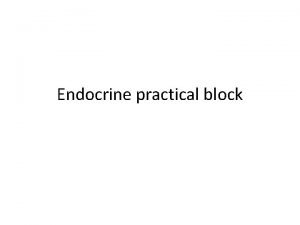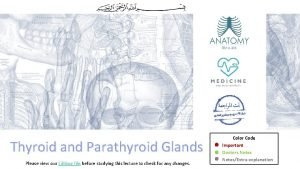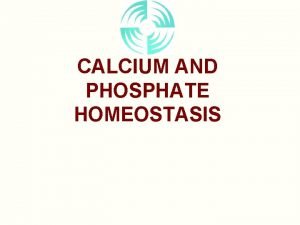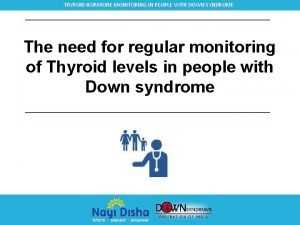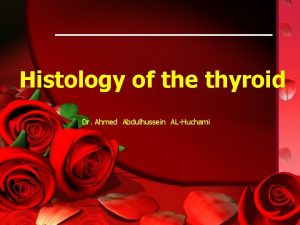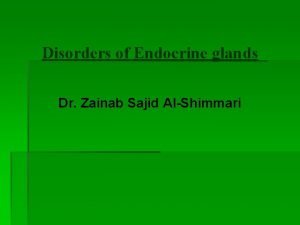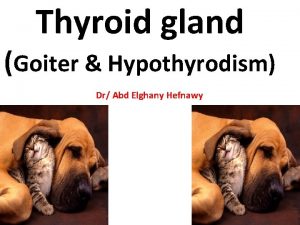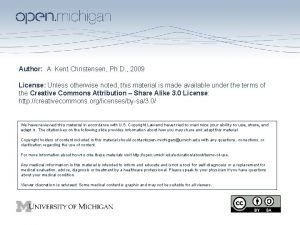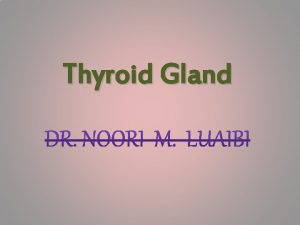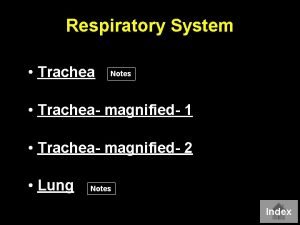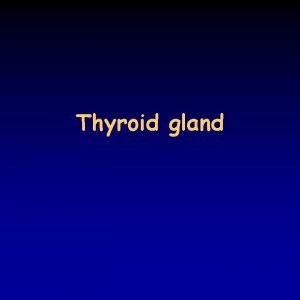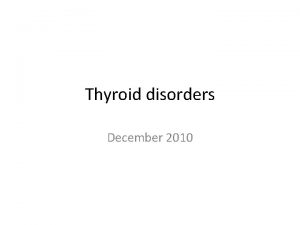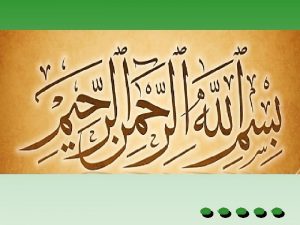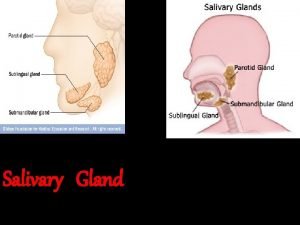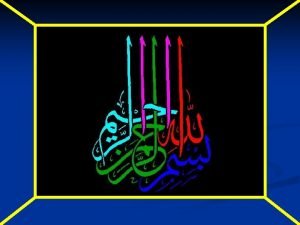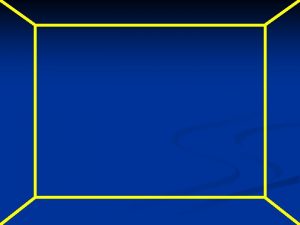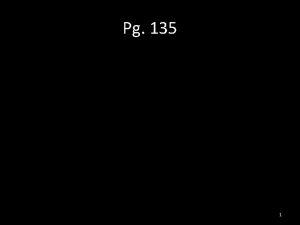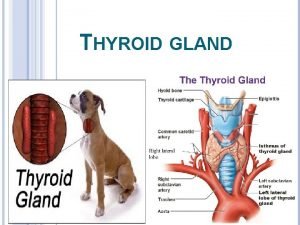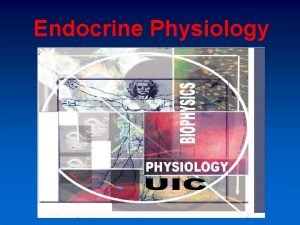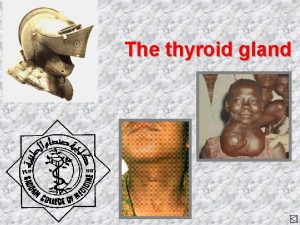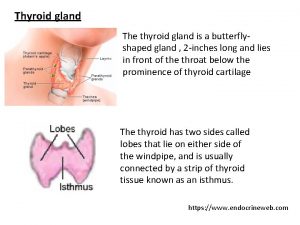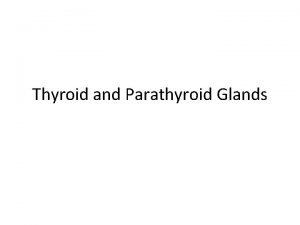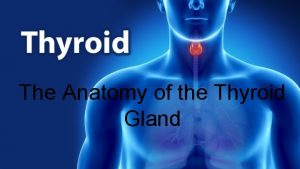Thyroid gland Thyroid cartilage Thyroid gland Trachea Weight




















- Slides: 20


Thyroid gland

Thyroid cartilage Thyroid gland Trachea Weight is about 25 grams (slightly heavier in female). Shape: butterfly highly vascular endocrine gland, it is formed of: 1 - 2 lateral lobes: each lobe is pearshaped (apex above). 2 A narrow median isthmus connecting the 2 lateral lobes. 3 - A small pyramidal lobe project upwards from the isthmus and connected to the hyoid bone by a fibromuscular band called levator glandulae thyroidae (remnant of thyroglossal duct).

Site and extensions : 1. Apex of each lobe directed upward and reaching up to oblique line of thyroid cartilage. 2. Base reaches the level 5 th tracheal ring. 3. Isthmus opposite the 2 nd, 3 rd and 4 th tracheal rings. 4. Posteriorly: the lateral lobe lies opposite C 5, 6, 7 and T 1 vertebrae. Thyroid gland 5 th

Thyroid gland Oblique line of thyroid cartilage Sternothyroid x • The largest endocrine gland • Retrosternal goiter (enlargement of gland): The gland may extend down behind the sternum leading to compression on the trachea and great vessels. • It does not extend upward due to attachment of the sternothyroid muscle to the oblique line of the thyroid cartilage.

False capsule Pretracheal layer of deep cervical fascia Cricoid cartilage Suspensory ligament of Berry Esophagus T. S. Thyroid lobe Capsules of gland: The gland has 2 capsules: (1) Inner true capsule (fibrous) enclosing the gland. (2) Outer false capsule from pretracheal fascia. The false capsule is thickened forming suspensory ligament of Berry which fixes the gland to the cricoid cartilage of larynx that is responsible for movement of the gland up and down during swallowing.

Anterolateral Relations 4 S Sternomastoid Superior belly of omohyoid Sternothyroid isthmus

Medial Relations • 2 tubes, trachea & esophagus. • 2 muscles, inferior constrictor muscle of the pharynx & cricothyroid. • 2 cartilages, cricoid & thyroid. • 2 nerves; External laryngeal nerve & recurrent laryngeal nerve. Thyroid cartilage Cricothyroid muscle Cricoid cartilage Trachea External laryngeal nerve Inferior constrictor muscle of pharynx Esophagus recurrent laryngeal n.

Medial Relations • 2 tubes, trachea & esophagus. • 2 nerves; External Thyroid laryngeal nerve & cartilage recurrent laryngeal Cricothyroid nerve. muscle • 2 muscles, inferior constrictor muscle Cricoid of the pharynx & cartilage cricothyroid. • 2 cartilages, cricoid & thyroid. Trachea External laryngeal nerve Inferior constrictor muscle of pharynx Esophagus recurrent laryngeal n.

Posterolateral relations Internal jugular vein Carotid sheath VAN Vagus nerve Common carotid artery Posterior relations 3 - Inferior thyroid artery. 4 - Thoracic duct (on left side). 1 Parathyroid gland 2 - cervical part of sympathetic trunk

Anterior relations: (1) Skin, superficial fascia and deep fascia (2) Sternohyoid and sternothyroid muscles. (3) Anterior Jugular veins. Isthmus of thyroid gland Post. 2, 3. 4 tracheal rings Anastomosis of superior thyroid arteries pyramidal lobe Inferior thyroid vein Thyroida ima A Relations of isthmus

Relations of thyroid gland (T. S. ) Parathyroid gland

Internal Laryngeal nerve External carotid artery Superior thyroid artery Sternomastoid branch Posterior glandular branch with inferior Branches S ISCT Thyrohyoid membrane Infrahyoid artery Superior laryngeal artery External laryngeal nerve Cricothyroid branch Anterior glandular branch with opposite side Superior thyroid artery

Superior thyroid artery Origin: from the external carotid artery. Course : it descends downwards and medially deep to the infrahyoid muscles to the apex of the lateral lobe. It is accompanied by the external laryngeal nerve. Branches: 1) Branch to the Sternomastoid muscle. 2) Infrahyoid artery: along the lower border of hyoid bone to the infrahyoid muscles. 3) Superior laryngeal artery: pierces thyrohyoid membrane with internal laryngeal nerve to the larynx. 4) Cricothyroid artery: to the cricothyroid muscle and membrane. 5) Terminal glandular branches (a) Anterior branch anastomoses with the opposite on upper border of isthmus. (b) Posterior branch: anastomoses with the inferior Thyroid artery.

Inferior thyroid artery Thyroid lobe Inferior thyroid artery Thyrocervical trunk 1 st Subclavian artery posterior branch of Superior thyroid artery Scalenus ant. C 6 behind carotid sheath recurrent laryngeal n.

Inferior Thyroid artery Origin; a branch of thyrocervical trunk from the first part of the subclavian artery. Course: It ascends on the medial border of the scalenus anterior, At the level of the C 6 vertebra, it cu rves medially behind carotid sheath to reach the posterior surface of the thyroid lobe. It is related to the recurrent laryngeal nerve Branches of inferior thyroid artery: 1) Muscular branches: to the infrahyoid muscles. 2) Ascending cervical artery to the spinal cord. 3) Pharyngeal branches. 4) Inferior laryngeal artery accompanies recurrent laryngeal nerve to larynx. 5) Tracheal branches. 6) Oesophageal branches. 7) Glandular branches to the thyroid gland parathyroid glands. • Thyroida ima artery is branch from the arch of the aorta

External laryngeal nerve Superior thyroid artery To avoid injury of external laryngeal nerve during thyroidectomy, the superior thyroid artery must be legated at upper pole of the gland. Nerves related - To avoid injury of recurrent laryngeal nerve during thyroidectomy, the inferior thyroid artery must be legated away from the gland. Inferior thyroid artery Recurrent laryngeal n.

Superior thyroid vein Internal jugular vein Venous drainage Superior and middle thyroid veins end in IJV Inferior thyroid vein end in brachiocephalic vein Middle thyroid vein Inferior thyroid vein Brachiocephalic vein

4 yellowishbrown ovoid bodies Parathyroid glands On Posterior surface of thyroid lobe They are supplied by inferior thyroid vessels. • Subtotal thyroidectomy must be done to avoid injury of the parathyroid glands • If excised during thyroidectomy, reimplantation in the subcutaneous tissue or muscle bed of the forearm or neck

Th ank Qu you est ion s
 Ciliated epithelium found in
Ciliated epithelium found in Rima glottidis
Rima glottidis Tonsils
Tonsils Berry's ligament thyroid
Berry's ligament thyroid Hypothyroid face
Hypothyroid face Parafollicular cells vs follicular cells
Parafollicular cells vs follicular cells Nodular goiter
Nodular goiter Goiter
Goiter Pyramidal lobe
Pyramidal lobe Four oval masses on posterior thyroid gland
Four oval masses on posterior thyroid gland Physiology of thyroid gland
Physiology of thyroid gland Papillary thyroid carcinoma gross
Papillary thyroid carcinoma gross Where is your thyroid
Where is your thyroid Hashitoxicosis
Hashitoxicosis Principal cells location
Principal cells location Pituitary hormones and their targets
Pituitary hormones and their targets Enlarged thyroid gland
Enlarged thyroid gland Hypercholestr
Hypercholestr Follicular cells of thyroid gland
Follicular cells of thyroid gland Pituitary gland and pineal gland spiritual
Pituitary gland and pineal gland spiritual Pineal gland pituitary gland
Pineal gland pituitary gland
